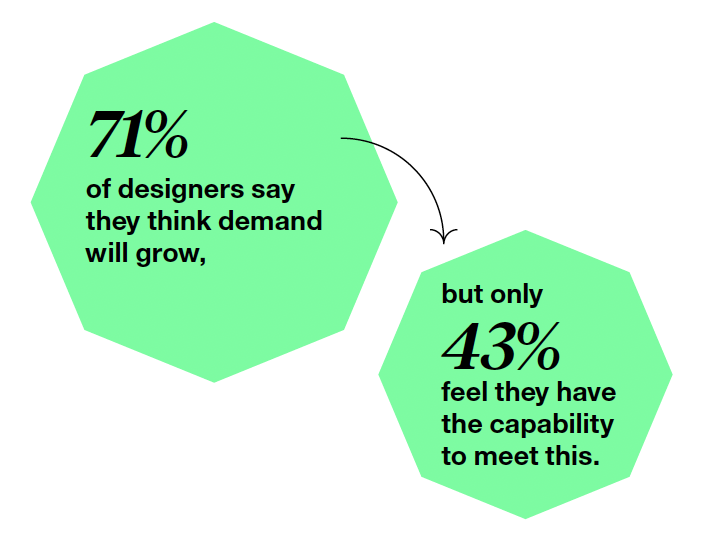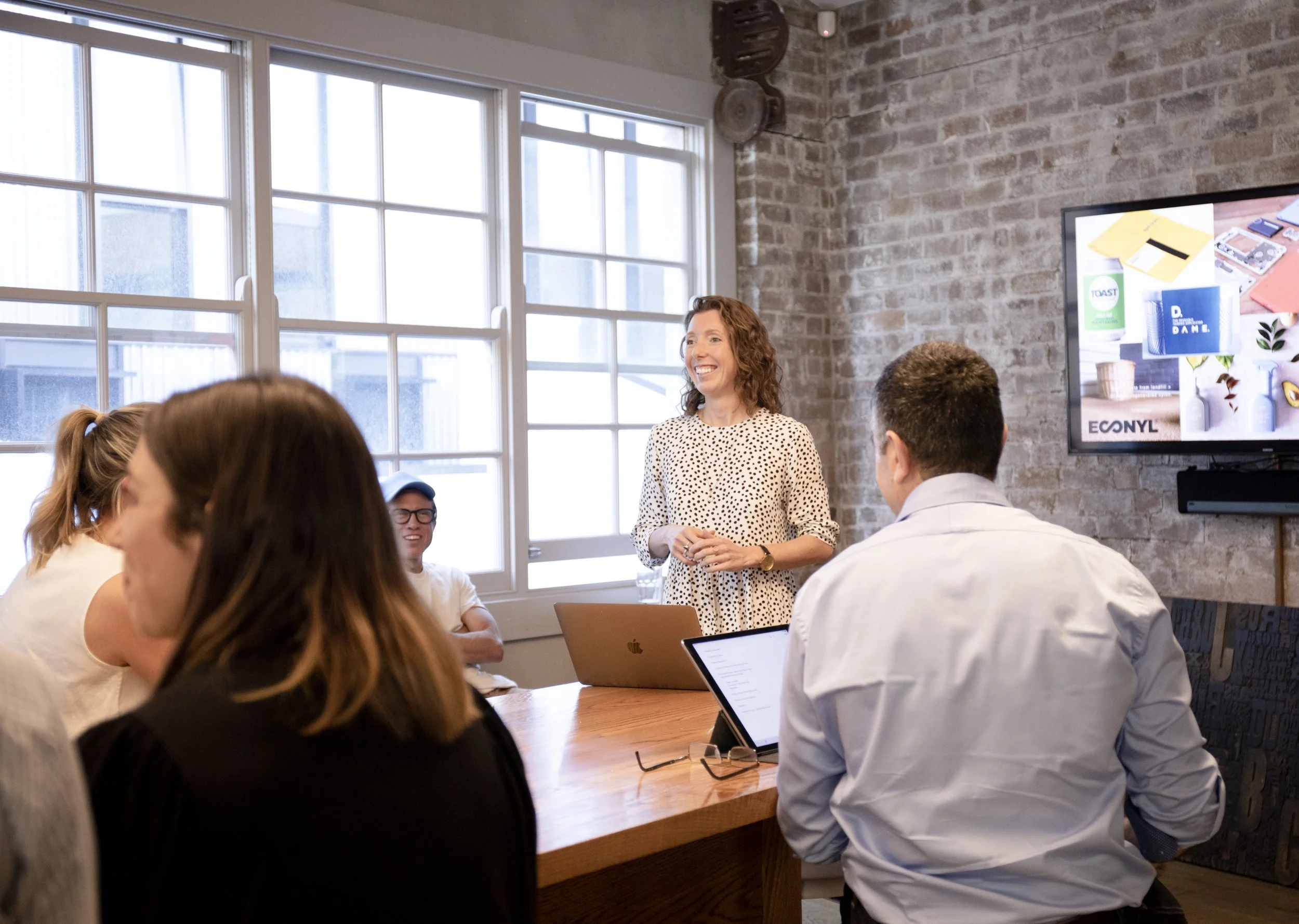The evolving role of packaging designers in the future of sustainability
As sustainability becomes central to how brands do business, the role of packaging designers is expanding. No longer focused solely on aesthetics and functionality, designers are now critical partners in helping brands meet sustainability targets, navigate regulatory change, and design packaging that performs across environmental, social, and commercial goals.
To stay relevant and lead this shift, packaging designers must evolve their mindset, toolkit, and client engagement strategies. Yet only 43% of designers feel they have the skills to design for planet, according to the Design Council. The opportunity, and responsibility, for designers to lead the way has never been greater.
Understanding your client’s sustainability goals
Designing for sustainability starts with understanding how it fits into your client’s business. What are their sustainability goals, packaging targets, or brand commitments? Are they aiming for recyclability, exploring reuse and refill systems, or seeking to eliminate single-use plastic and why?
Every design brief is an opportunity to dig deeper. By asking the right questions and aligning with your client’s vision, you can ensure design choices are both strategically and sustainably sound. It also positions you as a credible partner, not just a service provider.
“Only 43% of designers feel they have the skills to design for the planet.”
Image and statistic sourced from the Design Council, The Green Design Skills Gap Report 2024.
Get to know current packaging systems
To design packaging that delivers on sustainability, it’s essential to understand how materials move through the system, from source to use to recovery. Not all materials are widely recycled, and design choices like finishes, adhesives, or formats can unintentionally hinder recoverability or invalidate recyclability claims.
With extended producer responsibility (EPR) schemes gaining traction globally, brands are paying to cover the cost of recovering their packaging. These fees are influenced by how recyclable and compatible packaging is with local infrastructure. Designers can help reduce these costs by choosing low-impact materials and recovery-friendly formats.
Tools like PREP, life cycle assessments (LCAs), and systems mapping help guide decisions and back up claims. Knowing your material impacts, recovery systems, and regulations isn’t optional, it’s essential to delivering future-ready design.
Be on the journey with your clients
Brands aren’t looking for perfection, they’re looking for partners. Packaging sustainability is complex and evolving, and many clients don’t have all the answers. They want allies who can walk alongside them, ask smart questions, and co-create packaging that aligns with their values and strategy.
But this responsibility doesn’t sit with brands alone. Design agencies must also evolve, by setting their own sustainability commitments, building skills, and aligning with industry expectations. You can’t just sell sustainability; you need to live it.
When you walk the walk while helping translate client goals into practical, on-pack solutions, you build trust and create long-term partnerships that go far beyond one-off briefs.
Use your creative powers to design for good
Packaging designers are problem-solvers. You know how to balance storytelling, structure, and shelf impact. These same skills are powerful tools for sustainable innovation.
Whether it’s reimagining packaging formats for reuse, reducing material weight, improving recyclability, or designing accessible packaging formats, design can influence a product’s environmental footprint without compromising brand integrity. The challenge? Harness your creativity not just to make packaging look good, but to make it do good.
Essential Skills and Knowledge for Packaging Designers
To design future-ready packaging, every designer should strengthen these core skills:
Systems thinking: look beyond the pack to see how it fits within broader supply chains, recovery models and regulations.
Recovery model literacy: understand the technical differences between recyclable, reusable, and compostable packaging, and how design influences recovery outcomes.
Data-driven decision making: evaluate the trade-offs of new materials or formats based on real- evidence, not assumptions or marketing trends.
Diagram shared by Leyla Acaroglu, Disrupt Design on Medium.
Let’s collaborate on circular design
As demand for sustainable packaging accelerates, the design industry has a pivotal role to play. The most impactful designers will be those who step into the challenge, build their capability, and co-create meaningful change alongside their clients.
At philo & co, we work specifically with design agencies to evolve your services, embed sustainability into your creative process, and make it part of your agency’s DNA. Whether you're just getting started or refining your positioning, our support is tailored to your unique strengths, clients, and team.
📞 Book a free discovery call
🌱 Visit our design agency services to learn more
💡 Let’s use design to create lasting environmental impact- together



